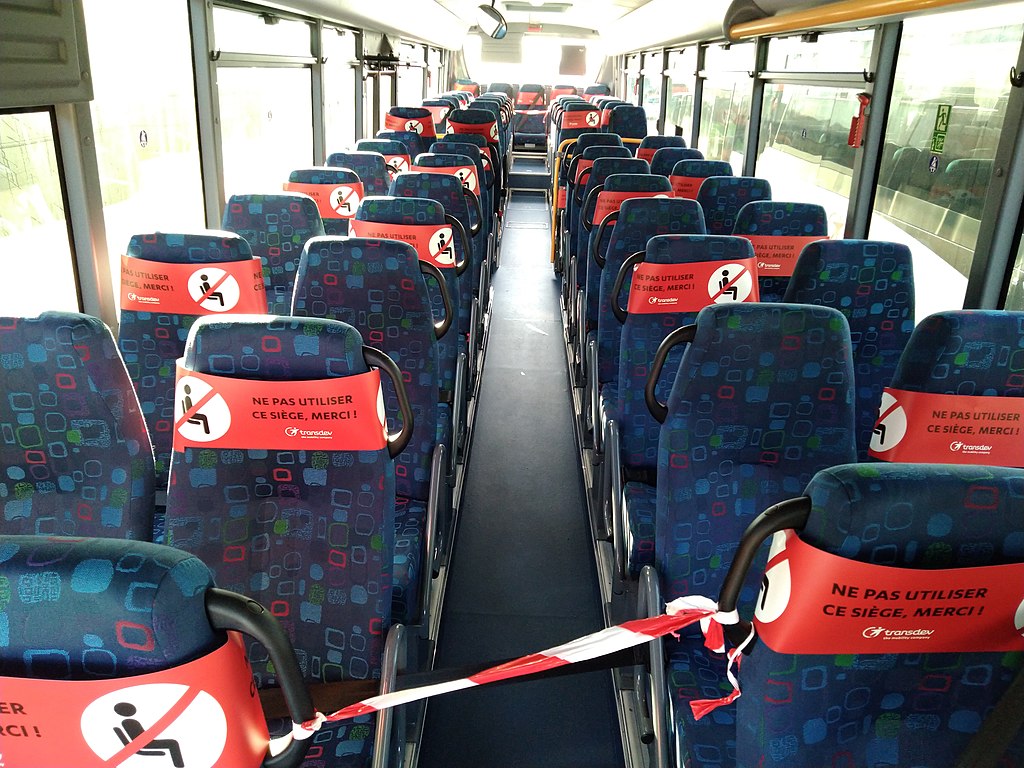How to revolutionize local public transport (due to Covid and beyond)

We need to think about a new concept of mobility and revolutionize local public transport. Marco Foti's speech
Asstra , the association of urban and extra-urban public transport companies, in the study "Interpersonal distancing in the local and school public transport sector" last August, suggests some lines of action in relation to the satisfactory operation of the services provided by associated companies. A particular analysis graphically represents the variation in the capacity of vehicles (places available) as the costs produced to satisfy the demand for mobility vary. In this sense, a new reduction in the capacity of public transport, whether buses or trams and subways, would generate an unbearable cost for the community.
The Asstra Research Department, simulating a capacity of 50% of local public transport, notes an important critical issue as every day "it would prevent about 275 thousand people from benefiting from the transport service for both study and work reasons . The further limitations to the public transport service would oblige a large part of the users to resort to private mobility to continue to travel. Assuming that users transfer their mobility habits from public transport to the car, this could generate from over 42,000 to over 250,000 additional car trips every day only during the morning rush hours ”.
A reduction in the capacity of vehicles, in addition to the economic damage, would entail the failure to guarantee the “right to mobility for several hundred thousand users every day, with the consequent risk of crowding at stops and stations. It is evident that the further limitations to the public transport service would oblige a large part of users to resort to private mobility to continue their journeys ".
On these aspects I have expressed myself several times, launching real alarm cries for a vital sector of the Italian economy (local public transport and everything that revolves around it). So I have to take up a sentence posted in May: “ Nobody seems to be aware of the size of the Tpl problem in Italy ”.
There is no doubt, within the limits of compliance with safety and health regulations, that the right to mobility for all citizens must be guaranteed. I remember, just for the most distracted, that the National Institute of Statistics estimates systematic daily mobility for 30 million inhabitants (that is, half of the resident population moves for work, health and school reasons) and 50% of these moves outside their own municipality of residence. Imagine, suddenly, if the TPL drastically reduced its "strength". The scenarios would be unimaginable as road infrastructures could not contain even a minimal part of the mobility "transferred" from public to private transport. Asstra, on this aspect, has carried out the right simulations.
So how can you act?
It is inevitable. We have to think about a new concept of mobility , a so-called “urban normality”. Starting from the MIT and then ending with the Regions and Local Authorities, the common thread that will have to guide the territories today, now (and not after) is the redesign of their "mobility system" in the face of an extraordinary discontinuity in demand (in terms of methods and times), in a completely transformed scenario that determines a series of new constraints and requirements from a technical, organizational, economic-financial point of view.
Tpl cannot be thought of as it is today: the design of the lines, for example, will have to be radically changed. The urban area must be characterized by short and frequent lines, such as to be provided with a sustainable operating program with the same resources (vehicles, drivers, etc.). Asstra also suggests “preserving the unity of the network concept, avoiding compromising the balance of existing service contracts. The increase in the offer can be implemented by the companies holding the service contracts using the instrument of subcontracting, without prejudice to the economic coverage ". It seems clear to me, little to add.
The concept of network is translated into short distance services and interchange nodes to remodel the transport offer to cover the elasticity of the demand for mobility. It takes courage to initiate a sea change in public transport. Even today there are totally "unloaded" services, in spite of situations that make one shiver from the point of view of social distancing. We need to get out of the logic of public transport services of a social and welfare nature. Tpl must be programmed to transport people and not to allow empty vehicles to travel. Adopting the logic of "non-traditional services" helps to transport demand where traditional services are enormously inefficient.
The tools are there. The local public transport companies have now gained significant experience in the field, the local authorities have offices and staff, the regions have the skills (and powers) to organize services in the suburban area. Technology helps us to support this process: FCD, IOT, blockchain are some of these, without neglecting the now tested system of passenger counting on board the vehicles. Today, more than ever, it is necessary to monitor the real capacity of the vehicles.
Only the brave.
This is a machine translation from Italian language of a post published on Start Magazine at the URL https://www.startmag.it/smartcity/come-rivoluzionare-il-trasporto-pubblico-locale-causa-covid-e-non-solo/ on Wed, 14 Oct 2020 13:20:48 +0000.
